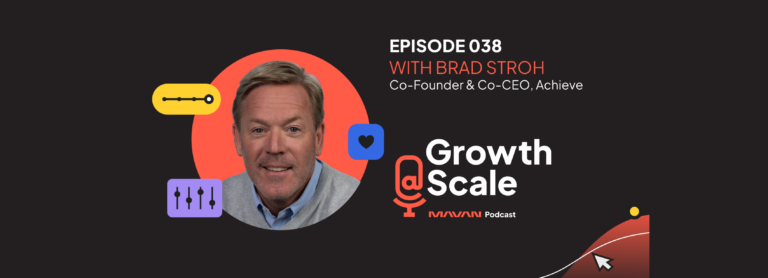Navigating the Complexities of Selling a Marketing Agency: Insights from David Rodnitzky’s Journey
Join us on Growth@Scale as David Rodnitzky, founder of 3Q Digital, shares invaluable insights on M&A, scaling, and agency growth. Learn how to build a sustainable business with strong financial leadership and strategic decision-making.

